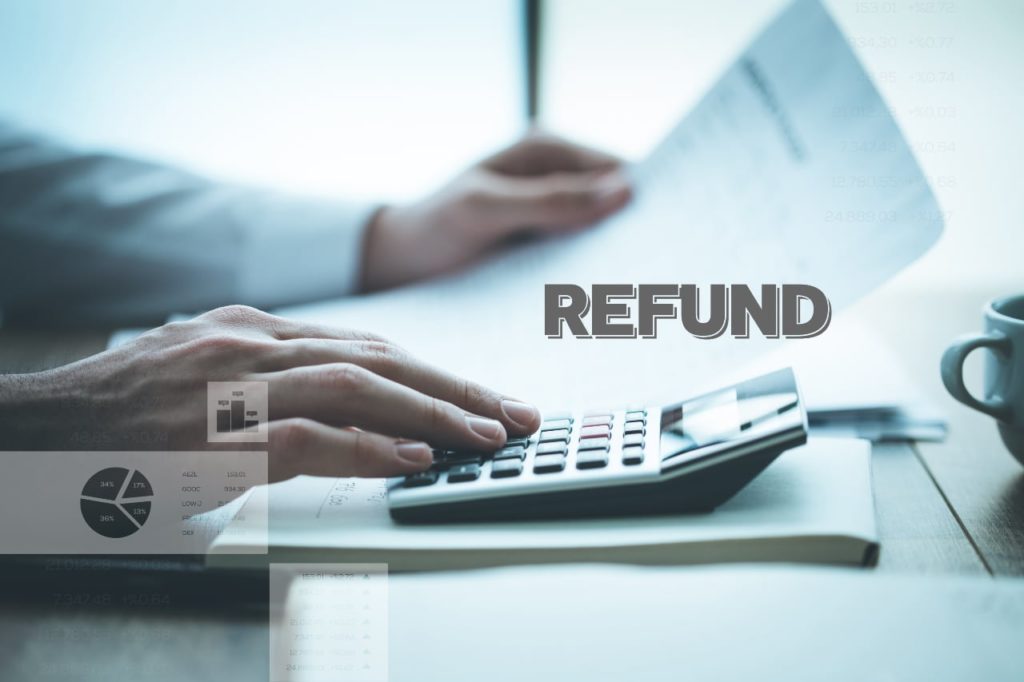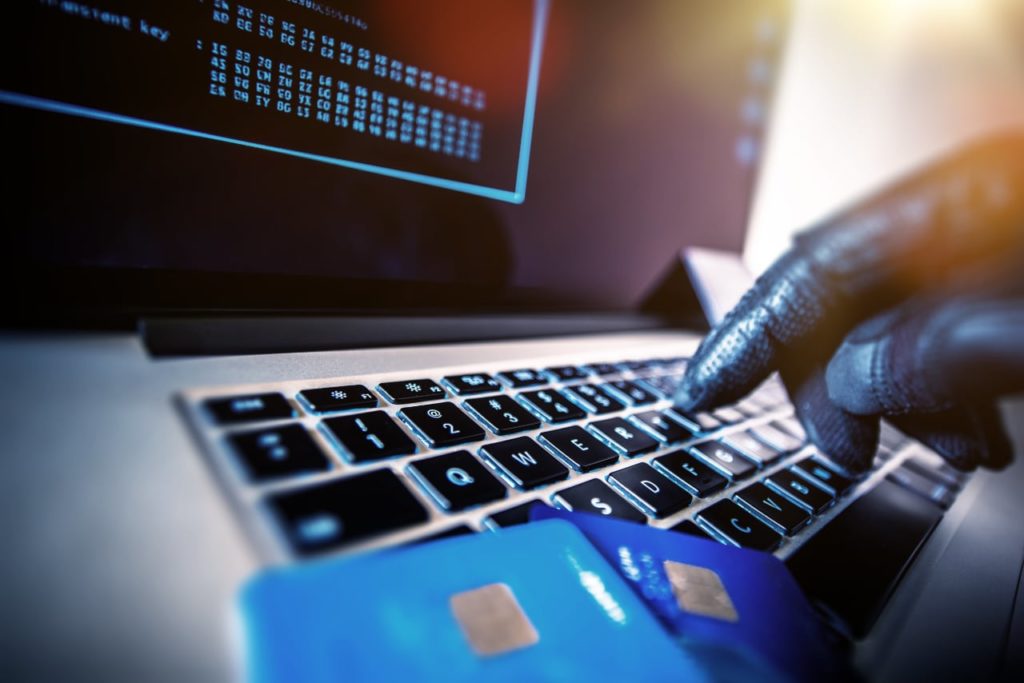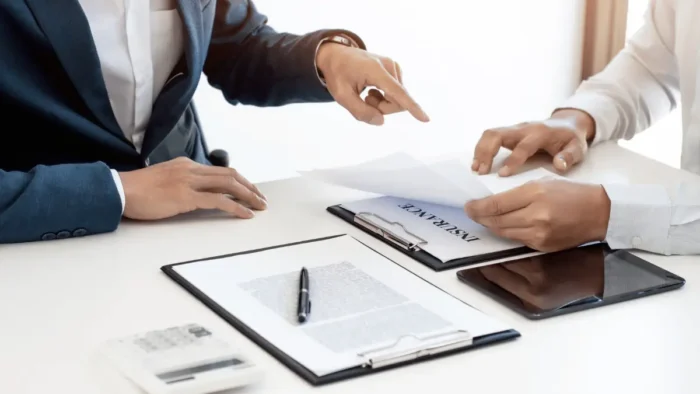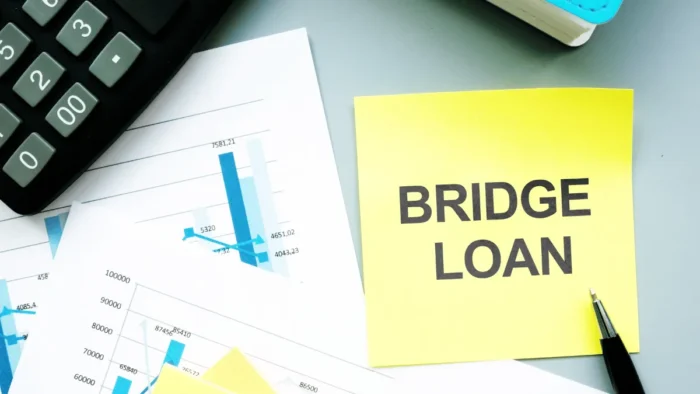Online shopping is now everyone’s number one choice. It is very convenient and quick. All you need is to access the merchant’s website, scroll through their products, add to your cart, and pay. Next, you’ll have to wait for your order.
In the past, there were a lot of scams in the online market, and chargeback was made as a form of protection. Click here to keep up to date with the latest news regarding online scamming and cybersecurity.
What Is a Chargeback?
Put simply, a chargeback is a reversal of a credit card payment coming directly from a bank. Here is an example:
Customer X orders a purse from Merchant A and has paid online using her credit card. Upon receipt of the product, Customer X finds that the purse’s zip is broken. Thus, Customer X is unsatisfied and wants to get a refund.
Since Customer X is mad and does not want to deal with Merchant A, Customer X contacts the bank that issued the credit card and asks for a chargeback. After the bank evaluates the authenticity of Customer X’s request and complaint and finds that the concern is genuine, the bank refunds Customer X directly.
This is essentially how chargeback works. Chargebacks are made to protect card holders from fraudulent merchants, as well as fraud altogether.
History of Chargeback
Credit cards have been available since the 1970s but have not yet been widely accepted in the United States. Back then, people were scared of losing them or having them stolen. Once they were finally established, some merchants enjoyed scamming their customers by giving them subpar products or nothing at all.
The Fair Credit Billing Act of 1974 was created and chargeback was materialized to protect people from fraud. As it came into law, many credit card holders felt more secure with their purchases because if scammed, they could immediately request a chargeback at the bank without having to confront the merchant.
What Does a Chargeback Do?
1. Provide a Feeling of Security to Customers
Since there’s a surge of people choosing online shopping, a law was created to provide security to customers. With chargeback, if a customer feels that they did not get their money’s worth during the purchase, they can easily contact the bank to process a chargeback. Once the bank verifies the request, the customer will automatically have the money sent to their account. They also don’t have to return the product to the merchant.

2. Make Merchants Avoid Selling Subpar Products to Customers
When a customer is unsatisfied and they’ve already paid for the item with their credit card, they can automatically request a chargeback. While it’s very convenient to customers, it feels the total opposite to merchants. Aside from not getting their product back, they will also not immediately know that money was deducted from their accounts after a chargeback. Thus, to avoid losing any more sales, merchants are pushed to work harder on their products so that they only produce high-quality merchandise. This way, everyone is happy; merchants will earn and customers will be satisfied with their purchase.
3. Promotes Transparency for Merchants
A lot of people say they prefer the cash on delivery (COD) method when they order online, as it assures them that their order will arrive safely before they have to pay for it. This kind of fear is what chargebacks are trying to fix. Through chargebacks, merchants are more transparent with their customers by delivering to their doorstep once payment has been established; if they just took the money and didn’t deliver, the customer would still get their money back.
4. Card Holders Are Protected from Criminal Fraud
A lot of phishing websites have been established over the years. Some even copy the exact contents of original sites, and people don’t notice that the URL is a little different so they continue to add their credentials. Now, hackers can access your account – even your credit card number is visible. If you notice unauthorized purchases on your credit card, this could be why. You may be a victim of phishing. As soon as you notice this, you should call the bank and follow the official procedure to make sure that you’re financially protected.
A lot of people fail to understand what a chargeback is, and continue to suffer the ill effects of fraud. As a responsible card holder, it’s important to educate yourself on the laws that protect you, to know how you can move forward when a difficult situation arises.



